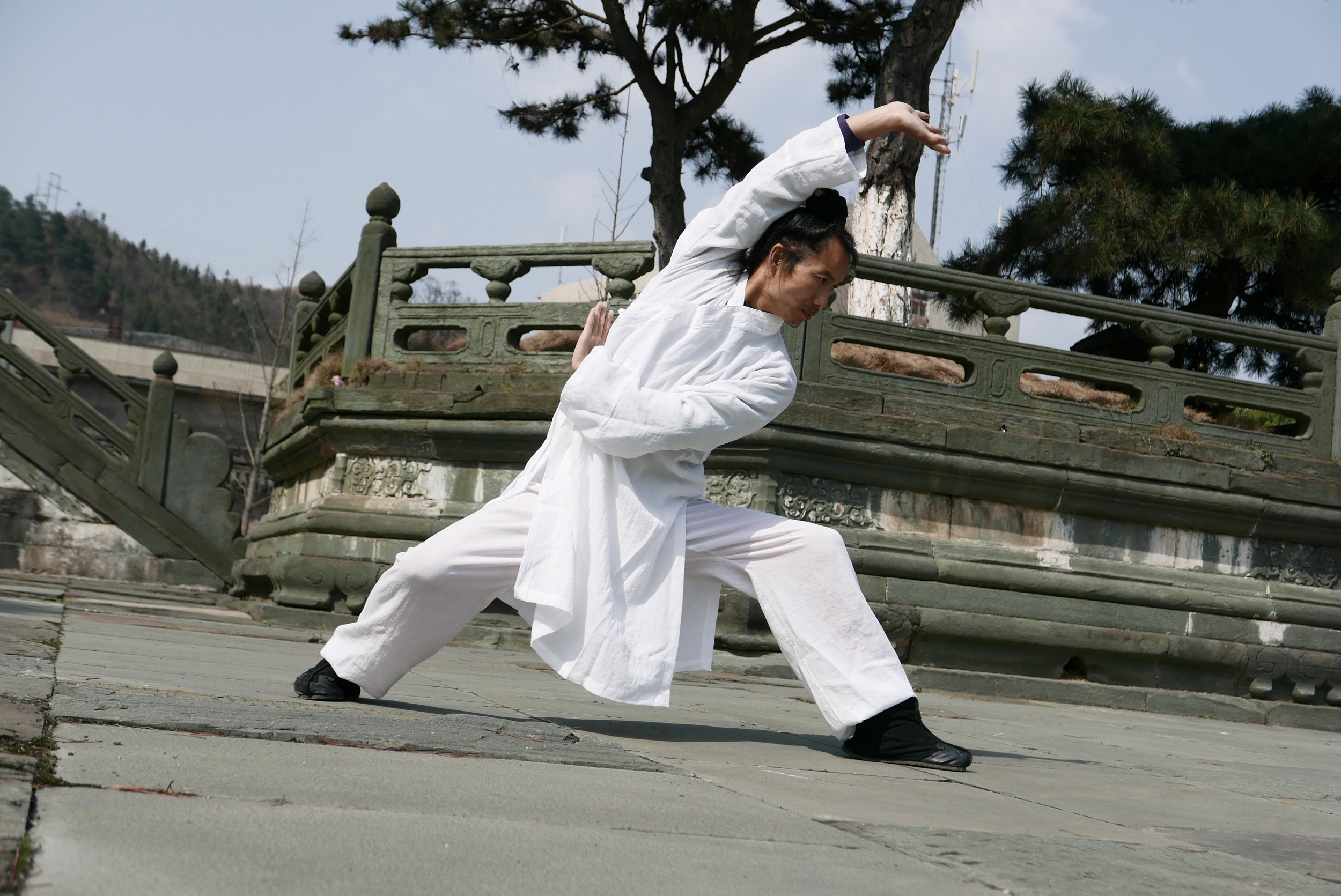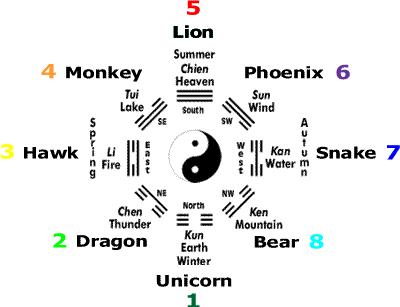Internal Martial Arts- the trick about leaning them
If you have been doing Karate or Kickboxing all your life and someone tells you he's doing Taijiquan (or "Tai Chi" as I often hear it being called- a misnomer that does more damage to one's perception of the martial art it is supposed to refer to than "Kerawdee" does to Karate.), you don't immediately think of a fighter, do you?
For the purpose of this blog post I will leave the entire incident surrounding the viral Taijiquan vs MMA video out of this discussion. I simply have moe than enough to write about without it.
I think that the teachings from internal martial art systems are really underrated these days and that they have a place in all martial arts.
I foresee, however, that I would have a tough time selling this idea to the local Karate dojo or MMA gym. It is easy to think why-
- Internal arts like Taijiquan and Qigong (which in my view should be practiced together) at first glance do not seem to have any relevance to fighting which, after all, is where the "martial" in martial arts come from.
- The largest part of internal arts has to do with how you think and feel- and nobody would really ever know this but yourself, right?
-Internal arts are just too "soft" for real fighting.
Well...
I do understand where this line of thinking comes from, but it is not 100% correct.
Thing is- there is not actually such a thing as an "Internal Martial Art". Martial arts book writers and teachers will often tell you that external arts make use of strikes and kicks. Well- Taijiquan also uses punches and kicks, but is considered an"Internal Art".
What I have learnt about martial arts in general over the years is that fighting has the following 6 aspects:
1. Percussive techniques;
2. Grappling;
3. Weaponry;
4. Physical ability
5. Psychology
5. Psychology
6. Tactics
One style is different from another because it emphasises some of these aspects and merely touch on or in some cases does not pay any attention to the others. We have styles that emphasise kicking and we have styles that focus on the fists. We have styles that exclusively focus on grappling.
So- we also have styles that focus on how the fighter feels and thinks.
Sure- everyone knows that we have to fight with a certain mindset, but what do the teachers of your style actually teach you about it?
Sure- everyone knows that we have to fight with a certain mindset, but what do the teachers of your style actually teach you about it?
One of the first things you get to learn- no- EXPERIENCE when practicing internal arts is that what you do with your body affects your mind and how you feel and think affects your body. Sure- anyone can TELL you this, but what if someone helped you discover that for yourself?
It is all good to have a coach or teacher tell you to not be afraid when you spar or fight, but what if you have someone showing you how to cultivate the attitude of fearlessness? Never heard of such a teacher? Well- when last did you speak to a Taijiquan master?
I also understand too well how you can breathe the way you are told to breathe, tighten the stomach muscles when you punch as you are taught and still have no power in your punches. Becoming aware of the internal aspects of punches can actually help you develop some devastating punches.
The thing is- the techniques of internal martial arts do have a bit of external indications and postures that can be observed. These indications are a result of something going right or wrong inside the practitioner's mind. The largest pat of learning internal martial arts, though, have to do with how you feel. If it feels off, uncomfortable or not powerful enough it is.
While it is so that a Taijiquan student shall may some training in tactics and to get to do some sparring before he can actually fight it is also true that somebody trained in a combative art like Jujutsu may also need to be aware of the inner workings of his body and mind before he can expect himself to have success on the mat.
https://web.facebook.com/marthinus.boshoff.3/videos/2107703585965558/
I know that there are a lot of teachers out there who would give you a lot of actual information to work, though. Learning martial arts, be they internal or external, is not so much about the acquiring of knowledge, though as it is about the gathering of experience and the cultivation of mind, body and spirit.



If you have any questions about internal martial arts in general or about matters such as qi and how it applies to fighting you can drop your questions in the comment section (be it on this blog, Qzone, Facebook, Twitter or G+ and I shall do my best to answer them.
Have a great week and keep training!



While it is so that a Taijiquan student shall may some training in tactics and to get to do some sparring before he can actually fight it is also true that somebody trained in a combative art like Jujutsu may also need to be aware of the inner workings of his body and mind before he can expect himself to have success on the mat.
https://web.facebook.com/marthinus.boshoff.3/videos/2107703585965558/
https://web.facebook.com/marthinus.boshoff.3/videos/1962651443804107/
https://web.facebook.com/marthinus.boshoff.3/videos/1700615673341020/
Just like we have people who don't know a thing about the inner workings of a computer, but who is able to use it you may find fighters who don't know anything about the internal aspects of fighting, but who can still fight. That does not mean, however, that someone cannot benefit from knowing the inner workings of the mind and body and how to apply this knowledge in combat...
 |
| Stuff like this usually has me running the other way... |
I know that there are a lot of teachers out there who would give you a lot of actual information to work, though. Learning martial arts, be they internal or external, is not so much about the acquiring of knowledge, though as it is about the gathering of experience and the cultivation of mind, body and spirit.



If you have any questions about internal martial arts in general or about matters such as qi and how it applies to fighting you can drop your questions in the comment section (be it on this blog, Qzone, Facebook, Twitter or G+ and I shall do my best to answer them.
Have a great week and keep training!






Comments
Post a Comment